Kinghorn
Kinghorn
This picturesque harbour beach features sand, rockpools and cliffs, with views of Edinburgh and the Lothians across the water. It is also part of the Fife Coastal Path. Scroll down to take a tour.

#LuckytoLiveHere






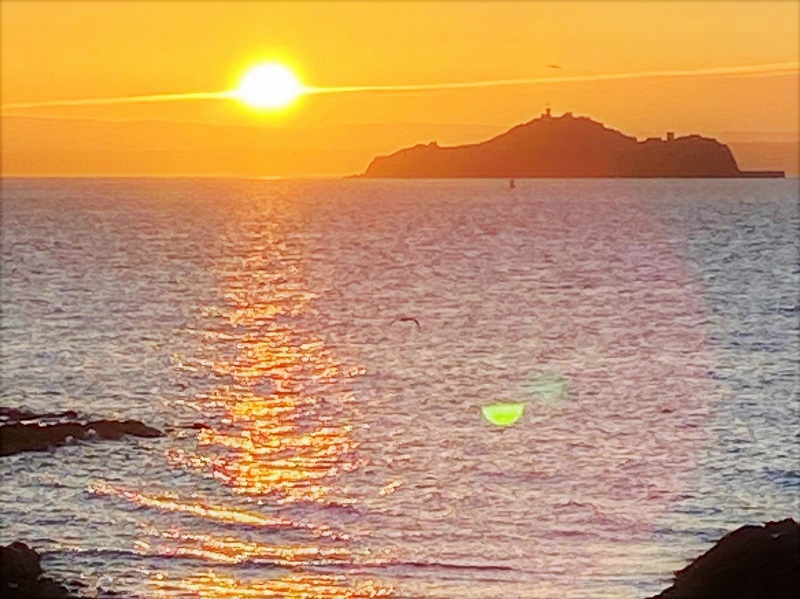




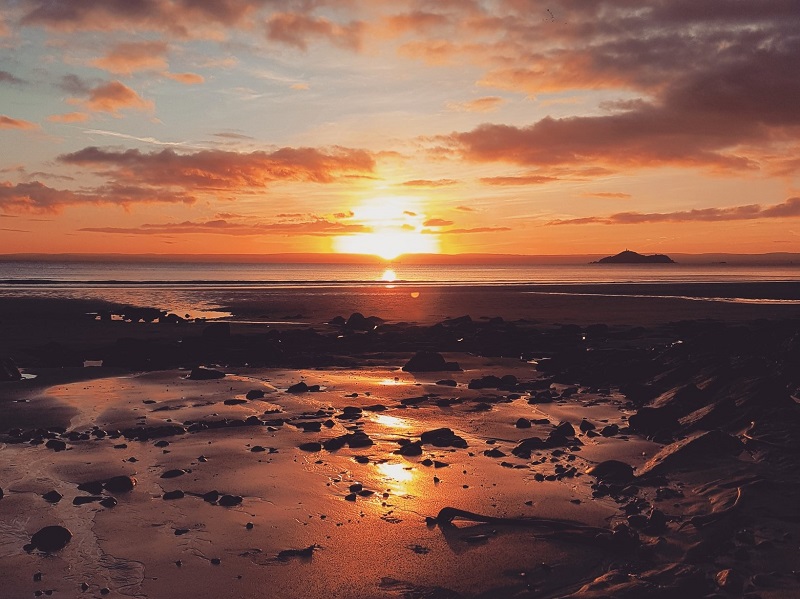

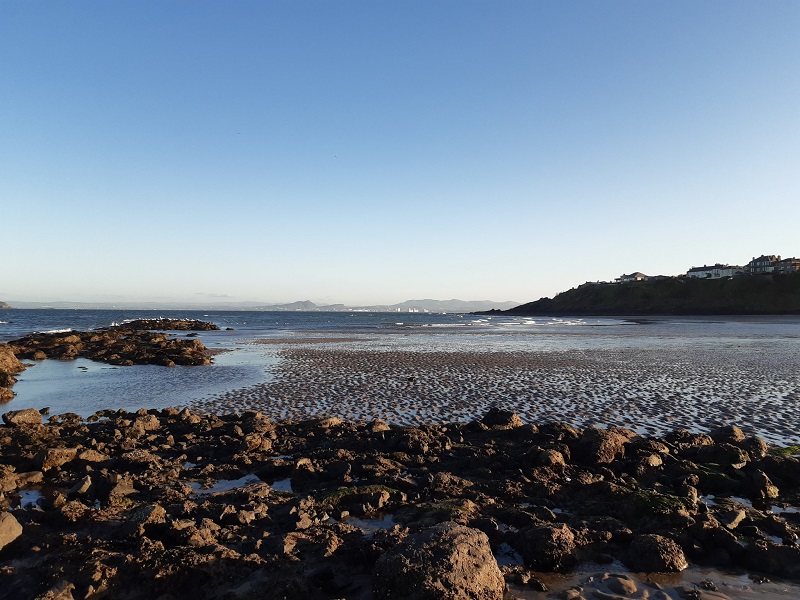





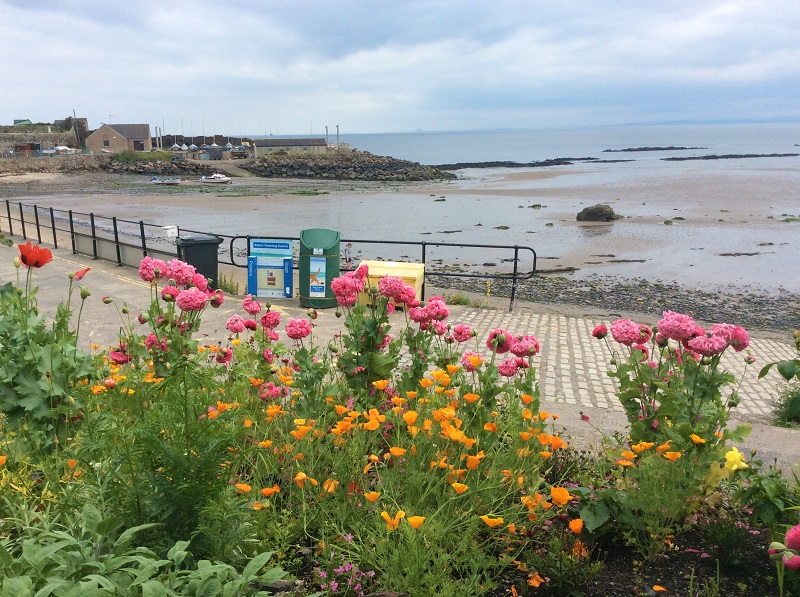


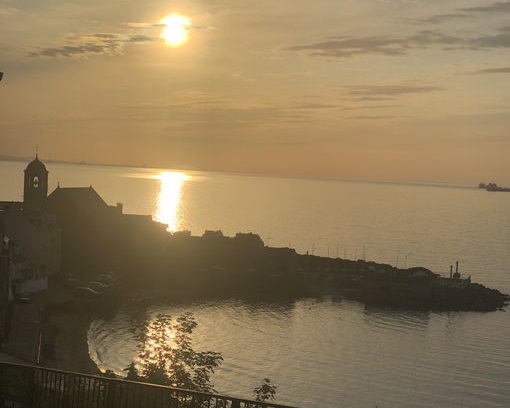


Thank you to everyone who sent in images for the online gallery above for everyone to enjoy.
Let's celebrate Kinghorn beach!
Know your beach
Beaches and all natural spaces are a vital life-line, offering us somewhere to be, with views and fresh air. There is more to the sand and sea here than immediately meets the eye. Whether you're a lucky local or dreaming of a visit, we invite you to take a tour of Kinghorn harbour.
Environment & place
Kinghorn is a designated bathing water. Bathing waters are designated where a large number of people are expected to bathe and a permanent bathing prohibition, or permanent advice against bathing, is not in place. Water quality here is monitored during the bathing season by SEPA, with daily forecasts published on their website. SEPA, Scottish Water and the council are always working to improve water quality. To find out more, view the Kinghorn bathing water profile here.
Beach length: 500 m
Tidal zone: 0-210 meters from the water's edge
Average Rainfall: 296 mm (lower than the 311mm Scottish average)
Main tributaries: Kinghorn Burn and Lady Burn
Catchment area: 2km2 of land drains into this bathing water
Beach Manager: Fife Coast and Countryside Trust.
Community information: The Kinghorn Harbour Resident's Group carry out regular litter picks and beach watch surveys as part of their work to care for the beach and surrounding area. Look out for their flower boxes too!
Stay safe at the beach with this advice from RNLI.
Wildlife & landscape
Beaches are great place for us to spend time outdoors, whether walking, pic-nicing, swimming or playing. But have you ever stopped to think who else calls this beach and these waters home?
A haven for shorebirds
Kinghorn beach is part of the Firth of Forth Special Protection Area, meaning it contains important biodiversity, particularly birds.
The in and out of tides on beaches like Kinghorn attracts a variety of water birds, who feed on the small creatures left exposed in shallow waters, sand flats and mud flats when the tides go out.
Oystercatchers
You’ll likely hear them before you see them, hence their Scots name ‘pleep’.
Spot these distinctive black and white shore birds using their long red beaks, to root around the sand at low tides, looking for critters to eat.
Seaweed
Seaweed is commonly washed up on the shores of Kinghorn. If you look closely, you’ll notice many different kinds.
Bladder wrack, is recogniseable by its air-filled ‘bladders’, that help it float upwards towards the light.
Bladder wracks live in intertidal waters, holding on to rocks against the waves, with a strong 'holdfast' at their base. They are themselves a habitat for small worms and snails.
Cetaceans – whales and dolphins
Marine mammals like dolphins, porpoises and even whales are not uncommon in the Firth of Forth. In 2018, even a Humpback whale was seen off the coast of Kinghorn Beach!
You can see a map of sightings here.
History & Heritage
The waters of the Firth of Forth have lapped the Kinghorn shoreline throughout the ages. Have you ever considered what has changed over the years...and what more might change in the future?
Seaside entertainement
The arrival of the railway in Edwardian times established Kinghorn as a popular destination for day trippers and summer holiday makers. Entertainment included an open-air stage by the beach, where Pierrots troupes would sing, dance and perform short funny plays. Paying customers could watch comfortably from a seated area in the compound whilst even those unable to pay could watch at a distance from the outside.
Lifeboats
The RNLI has been operating a rescue station at Kinghorn since 1965. Starting with a single lifeboat in a small shed, the current two-story centre at the west end of the beach opened in 1995. The original structure is now used by the local sailing club, as a workshop for maintaining club boats. The first lifeboat to be stationed in Kinghorn can be seen here: https://www.kinghorn.org.uk/index.php?pg=first_lifeboat
Since they started operating, life guards from this station have saved 361 lives around the Forth.
Inchkeith island
Inchkeith is a volcanic island visible across the water from Kinghorn harbour beach. It is possible its name derives from Scottish Gaelic Innse Coit, meaning "wooded island” -though, like much of the country, its woods have long been felled.
In the 14th and 15th centuries if was sometimes used to quarantine sufferers of illnesses like syphilis and the plague. The lighthouse that it is now known for was constructed in the early 19th century.
Fossils
Millions of years ago, corals and shells of animals living at what is now Kinghorn Beach were set in stone and became fossils. Although not generally well-preserved, they are abundant in the area, offering us a snapshot into a very different chapter of life at this site.
The coastal areas all around the Forth are rich with a diverse range of rocks including the Strathclyde Group, which includes volcanic and sandy formations, giving us more clues to times long past.

